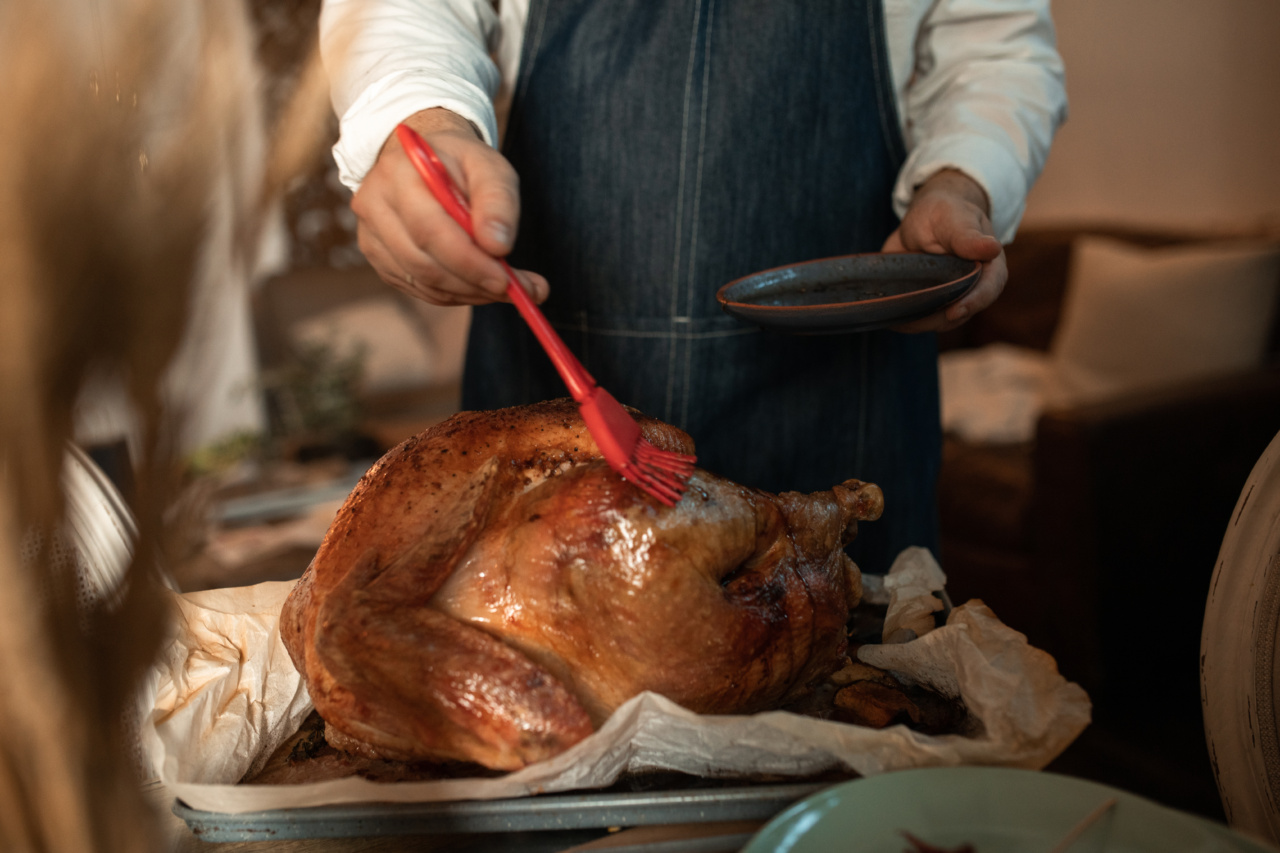In recent years, there has been a rapid increase in the occurrence rate of a debilitating illness known as Blessed Brush.
This condition, which primarily affects artists and creative individuals, can be not only physically and mentally taxing, but also greatly hinder the artistic process. With the rising prevalence of Blessed Brush, it is crucial to shed light on this condition, its symptoms, potential causes, and available treatments.
The Symptoms of Blessed Brush
Blessed Brush presents itself through a variety of symptoms that can vary in severity from person to person. The most common symptoms include:.
- Intense pain and stiffness in the fingers, hands, and wrists
- Difficulty in gripping and holding onto brushes, pens, or other artistic tools
- Uncontrollable tremors or hand spasms
- Numbness or tingling sensations in the affected areas
- Decreased coordination and dexterity
- Persistent fatigue and weakness
These symptoms can be highly distressing for artists, as they impede their ability to create art and may even affect their livelihoods.
Possible Causes of Blessed Brush
While the exact cause of Blessed Brush remains unknown, several factors are believed to contribute to its development. Some potential causes include:.
- Repetitive Strain: Engaging in repetitive motions, such as brush strokes, for extended periods can lead to strain on the muscles and tendons, resulting in Blessed Brush.
- Ergonomic Factors: Poor posture, uncomfortable workstations, and improper positioning of artistic tools can also contribute to the development of this condition.
- Psychological Factors: Artists are often under significant pressure to produce their best work, which can lead to increased stress levels. Stress has been associated with various physical and mental health issues, including Blessed Brush.
- Genetic Predisposition: Some individuals may have a genetic predisposition to develop conditions like Blessed Brush.
- Medical Conditions: Certain underlying medical conditions, such as arthritis or carpal tunnel syndrome, can increase the risk of developing Blessed Brush.
It is crucial to note that while these factors are believed to contribute to the development of Blessed Brush, more research is needed to fully comprehend the complexities of this condition.
Treatments for Blessed Brush
While there is currently no known cure for Blessed Brush, several treatments and management strategies can help alleviate symptoms and improve overall quality of life for affected individuals. These include:.
- Physical Therapy: Engaging in specific exercises and stretches designed to strengthen the muscles and improve range of motion can be highly beneficial in managing Blessed Brush.
- Ergonomic Modifications: Making adjustments to the artist’s workstation, such as using specialized brushes or ergonomic tools, can help reduce strain and minimize symptom flare-ups.
- Medications: In some cases, physicians may recommend medications to manage pain, inflammation, or other associated symptoms of Blessed Brush.
- Alternative Therapies: Techniques such as acupuncture, massage therapy, and yoga have shown promise in relieving pain and reducing stress levels among individuals with Blessed Brush.
- Psychological Support: Artists living with Blessed Brush may experience emotional distress and frustration due to their condition. Seeking counseling or support groups can help individuals cope with these challenges.
It is important for individuals with Blessed Brush to work closely with healthcare professionals to develop a personalized treatment plan that addresses their specific needs and goals.
Preventing Blessed Brush
While it may not always be possible to completely prevent the onset of Blessed Brush, several preventive measures can significantly reduce the risk and minimize the severity of symptoms:.
- Take Frequent Breaks: Regularly taking breaks during artistic sessions can prevent overexertion and allow the hands and wrists to rest.
- Practice Proper Ergonomics: Maintaining correct posture, using supportive seating, and ensuring the workspace is ergonomically designed can greatly reduce the strain on the body.
- Strengthen Hand Muscles: Regularly engaging in hand and finger exercises can help build strength and improve dexterity, reducing the risk of developing Blessed Brush.
- Warm-up and Stretch: Prior to engaging in artistic activities, performing warm-up exercises and gently stretching the fingers, hands, and wrists can help prevent injury and strain.
- Listen to Your Body: It is vital to pay attention to any signs of discomfort or pain and take appropriate measures to address them promptly.
Adopting these preventive measures can go a long way in protecting artists from the debilitating effects of Blessed Brush.
Living with Blessed Brush
Living with Blessed Brush can present numerous challenges, both physically and emotionally. However, it is important to remember that having this condition does not diminish an individual’s artistic abilities or passion for their craft.
The following tips may help artists cope with Blessed Brush:.
- Adapt Artistic Techniques: Exploring alternative artistic techniques, such as digital art or mixed media, can help individuals continue creating despite the limitations imposed by Blessed Brush.
- Seek Support: Connecting with other artists who face similar challenges can provide a sense of community and understanding. Online support groups or local art therapy programs may be valuable resources.
- Practice Self-Care: Prioritizing self-care activities, such as relaxation exercises, meditation, or engaging in non-artistic hobbies, can help manage stress and enhance overall well-being.
- Communicate with Peers: Informing colleagues, clients, and art instructors about Blessed Brush can foster understanding and open up opportunities for support and accommodation.
- Adjust Expectations: Setting realistic goals and pacing oneself can help prevent frustration and disappointment when facing limitations imposed by the condition.
While Blessed Brush can undoubtedly present significant challenges, it is essential for individuals to remember that they are not alone and that there are various strategies and resources available to support them in their artistic journeys.































